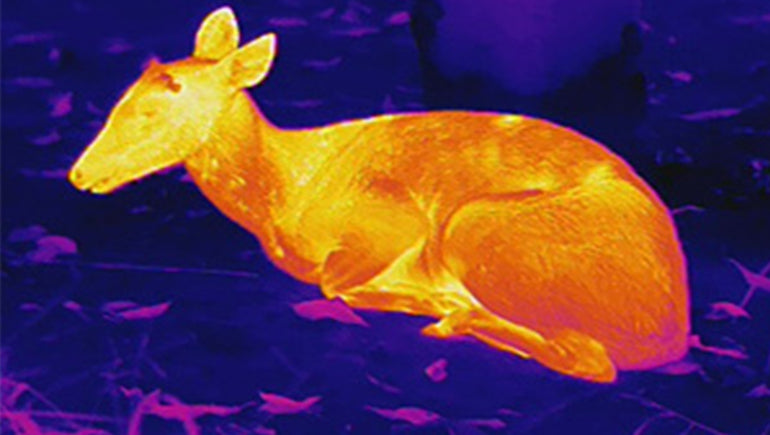What is thermal imaging monocular?
The fascinating thermal imaging monocular device enables us to visualize the heat emitted by objects. By detecting different levels of infrared light, which is invisible to our eyes but felt as heat, the monocular records object temperatures and assigns specific color shades to represent them. This color-coded representation allows us to perceive variations in heat levels relative to the surrounding environment.
The monocular achieves this by utilizing microbolometers in each pixel of its sensor, which captures the infrared radiation and converts it into a visible image. This visual representation of thermal information is then displayed for our observation and analysis.
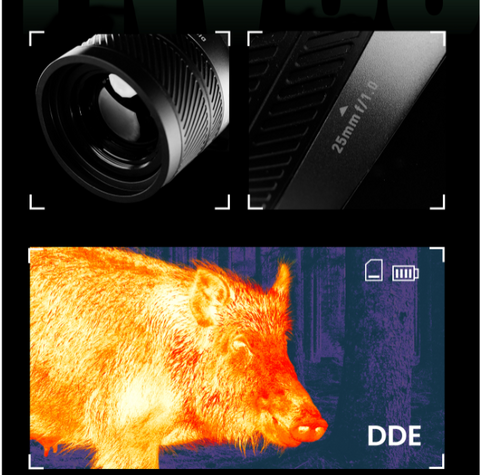
What is night vision monocular?
Night vision monoculars are also fascinating devices that grant us clear vision in darkness, exposing people, animals, and objects that would otherwise remain invisible to the naked eye.
Night vision technology employs two primary methods. Traditional night vision monoculars use optoelectronic image enhancement, which detects and amplifies faint near-infrared light (0.85µm) reflected from objects, resulting in a distinctive green-toned image.
Today, digital image enhancement has emerged as a new innovation. It captures available light through a digital image sensor and processes the images digitally, presenting a full-color representation that closely resembles the observed scene.
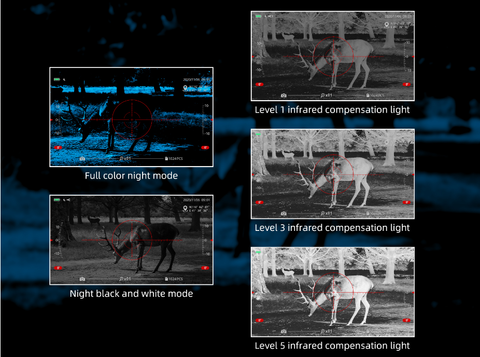
Advantages of thermal imaging monocular
- No reliance on light
Thermal imaging monocular does not require any ambient light to function effectively. They detect temperature differences instead, allowing them to create images based on heat signatures emitted by objects.
- Enhanced detection capabilities
Monocular thermal can detect even minor temperature variations as small as 0.01 degrees. This sensitivity enables users to assess the freshness of tracks or identify small blood droplets, making them useful tools for tracking animals or conducting search operations.
- Ability to see through barriers
Thermal monoculars can see through certain obstacles that would hinder visibility with traditional vision. By detecting temperature variations, they can penetrate smoke, fog, and even foliage, enabling users to spot objects or animals that might otherwise remain hidden.
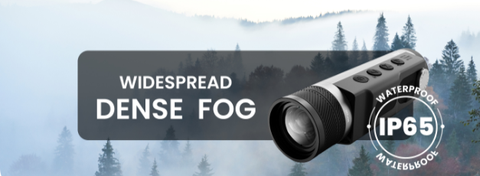
- Daytime usability
Unlike traditional night vision monocular, thermal vision monocular is not limited to darkness. It functions equally well in daylight conditions since it relies on temperature rather than light, which eliminates the need for switching optics and ensures consistent performance regardless of the lighting conditions.
- Wildlife conservation and anti-poaching
Thermal technology has been instrumental in combating nighttime poaching and illegal hunting activities. Its use by wildlife law enforcement has resulted in successful apprehensions of poachers, aiding in the preservation of wildlife populations and protecting the future of various species.
- Hunter protection
Thermal monocular provides hunters with an added layer of safety by allowing them to scan their surroundings for potential threats, such as predators or other hunters encroaching on their hunting area. This helps ensure a safer hunting experience.
- Discreet surveillance
Thermal monocular can be installed discreetly and are highly effective for surveillance and defense applications. They do not require additional lighting, making them suitable for covert operations.
- Low maintenance and cost-effective
Thermal imaging monocular has minimal maintenance requirements compared to night vision monocular. While it may have a higher initial purchase cost, its lower maintenance needs make it a cost-effective long-term solution.
- Motion and human activity detection
Thermal imaging monocular excels at detecting motion over long ranges. They can identify human activity without revealing specific individual identities, maintaining privacy standards in surveillance applications.
Advantages of night vision monocular
- Widely used and mature technology
Night vision monocular is more widely used and readily available, resulting in a more mature technology that is easier to integrate and use compared to monocular thermal.
- Excellent daytime image quality
The internal visible light camera in night vision monoculars provides clear images during daylight hours, allowing for quick and easy identification of objects.
- Wider field of view
Night vision monocular, in particular, offers a wider field of view compared to thermal imaging equipment. This is advantageous for activities like hunting as it allows for better tracking of the game and a broader view of the surrounding terrain.
- Natural and real image
Night vision monocular amplifies ambient light, such as from stars and the moon, resulting in a more natural and realistic view compared to other night vision technologies.
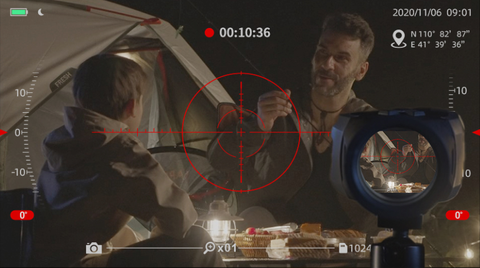
- Affordability
Night vision scopes are generally more affordable than other night vision technologies, with a wide range of options available to suit different hunting needs and preferences.
- Longer battery life
Night vision scopes can last a long time on a single charge, making them ideal for extended night hunting sessions without the worry of running out of power.
Is thermal imaging more advantageous than night vision?
Both thermal imaging and night vision technologies have their own unique advantages and applications. The choice between the two different kinds of infrared monoculars ultimately depends on the specific requirements and intended use. For applications where detecting temperature variations and visibility in complete darkness are crucial, thermal imaging may be the preferred choice.
For example, in hunting or sport shooting in pitch darkness, thermal vision monocular is often favored overnight vision monocular. This is because thermal imaging detects the heat emitted by the target, making it easier to spot, track, and successfully hit your target without the need for prolonged searching in the darkness. Try the Mileseey TNV30 if you are looking for the best night vision monocular for individual hunting purposes and want to make the most out of your hunting experience.
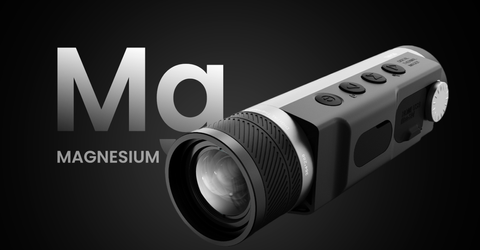
However, if a more natural image, affordability, and the ability to operate in low-light conditions with some ambient light are important, night vision devices may be the better option.
Conclusion
It's essential to consider the intended purpose, environmental conditions, budget, and desired features when determining which technology is better suited for a particular situation. Both thermal imaging and night vision have their strengths and limitations, and the optimal choice will depend on the specific needs and preferences of the user.

